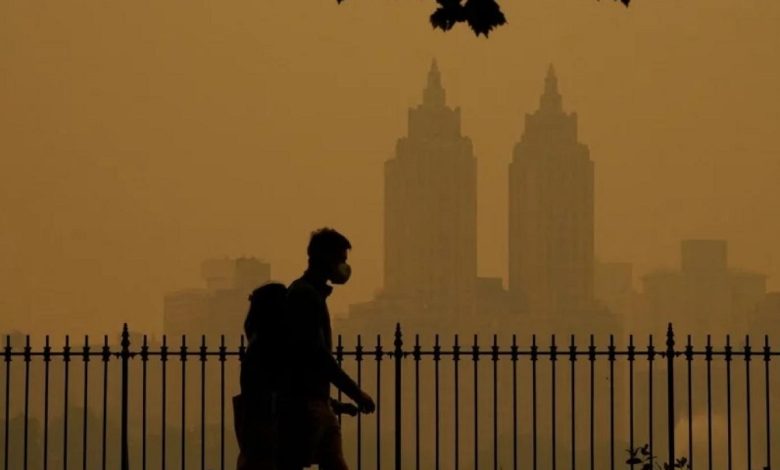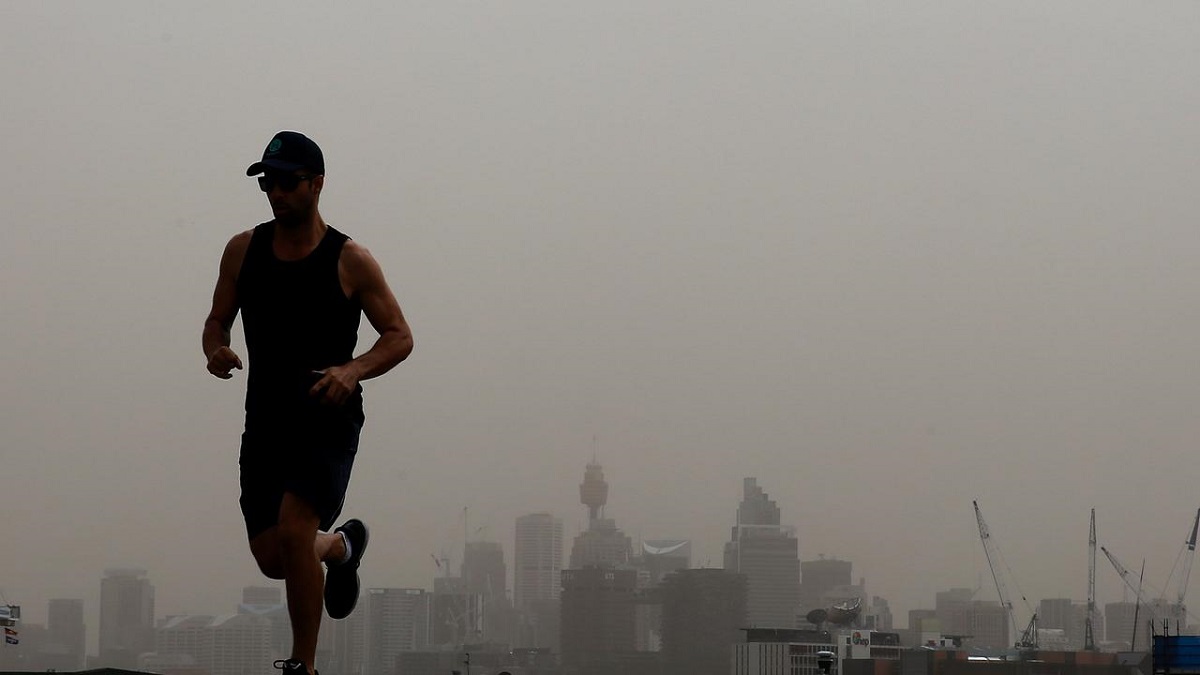The Connection Between Air Pollution, Rising Temperatures, And The Increase In Stroke Incidence Worldwide

Stroke Incidence Worldwide: Stroke affects nearly 12 million people annually and causes 7 million deaths.
A new study shows that air pollution and rising temperatures have contributed to an increase in strokes worldwide.
Stroke Incidence Worldwide, An article published in The Lancet Neurology indicates that the number of individuals suffering from strokes has significantly increased over the past three decades, with air pollution, rising temperatures, and lifestyle factors contributing to this increase.
Currently, stroke affects nearly 12 million people annually and results in 7 million deaths.
The number of new stroke cases increased by 70% from 1990 to 2021, while deaths rose by 44%. Disability caused by strokes also increased by 32%.
Stroke Incidence Worldwide, Professor Valery Feigin, the lead author of the article, which is part of the Global Burden of Disease (GBD) project published on Thursday, stated: “Although strokes are largely preventable, they remain a growing issue in global health.”
Connection Between Air Pollution, Rising Temperatures, And The Increase In Stroke Incidence Worldwide

Stroke Incidence Worldwide, “The number of people dying from strokes or living with its consequences is rapidly increasing, indicating that current prevention strategies are insufficient.”
The study identified 23 risk factors responsible for 84% of the global stroke burden. Air pollution, smoking, obesity, and high blood pressure are among the main causes.
Stroke Incidence Worldwide, One particularly concerning finding is the increasing role of environmental factors such as air pollution and high temperatures in causing strokes. Currently, air pollution from particulate matter is linked to fatal brain hemorrhages, placing it on par with the risk of smoking.
Dr. Catherine O. Johnson, one of the authors of the article, said: “Air pollution and rising temperatures play a wider role in strokes than in the past.”
She added: “We need to manage these environmental risks alongside metabolic and lifestyle factors to reduce the burden of strokes.”
Stroke Incidence Worldwide, Low- and middle-income countries like India, Nigeria, and Bangladesh are disproportionately affected, accounting for over three-quarters of stroke-related deaths. The stroke rate in parts of East Asia, Sub-Saharan Africa, and Central Asia is up to 10 times higher than in high-income areas like North America and Australia.
Dr. Johnson, a senior scientist at the Institute for Health Metrics and Evaluation in the United States, stated: “The health loss caused by strokes disproportionately affects many disadvantaged countries in Asia and Sub-Saharan Africa due to the growing burden of uncontrolled risk factors, particularly high blood pressure and rising levels of obesity and type 2 diabetes among young adults, as well as the lack of stroke prevention and care services in these regions.”

Stroke Incidence Worldwide, She warned that without preventive measures, the rising stroke burden in younger populations will continue.
Metabolic factors such as high blood pressure, high cholesterol, and obesity remain among the most significant influences on strokes worldwide.
In this study, from 1990 to 2021, the stroke burden associated with high body mass index increased by 88%, and the burden related to high blood sugar rose by 32%.
Stroke Incidence Worldwide, Lifestyle factors, such as low physical activity and diets high in sugary drinks, have also contributed to the increase in strokes, particularly among younger populations.
Stroke Incidence Worldwide, While the overall number of strokes has increased, the age-adjusted rate of strokes has decreased since 1990, considering population growth and aging. However, this improvement has stalled in recent years, particularly in Southeast Asia, East Asia, and the Pacific.
Dr. Johnson remarked: “Given that 84% of strokes are related to preventable risk factors, there is clearly an opportunity to reverse this trend.”
Stroke Incidence Worldwide, “Immediate action regarding air pollution, climate change, and managing obesity and blood pressure is essential.”
Also Read:
If Heatstroke Is Accompanied By These Symptoms, It Is Dangerous
The Dangers Of Sneezing And Holding Sneeze; From Tracheal Rupture To Stroke
Long Term Loneliness Effects: Long-term Loneliness Increases The Risk Of Stroke
Dealing With Heatstroke: How To Deal With Heatstroke And Other Emergency Effects Caused By Heat?




